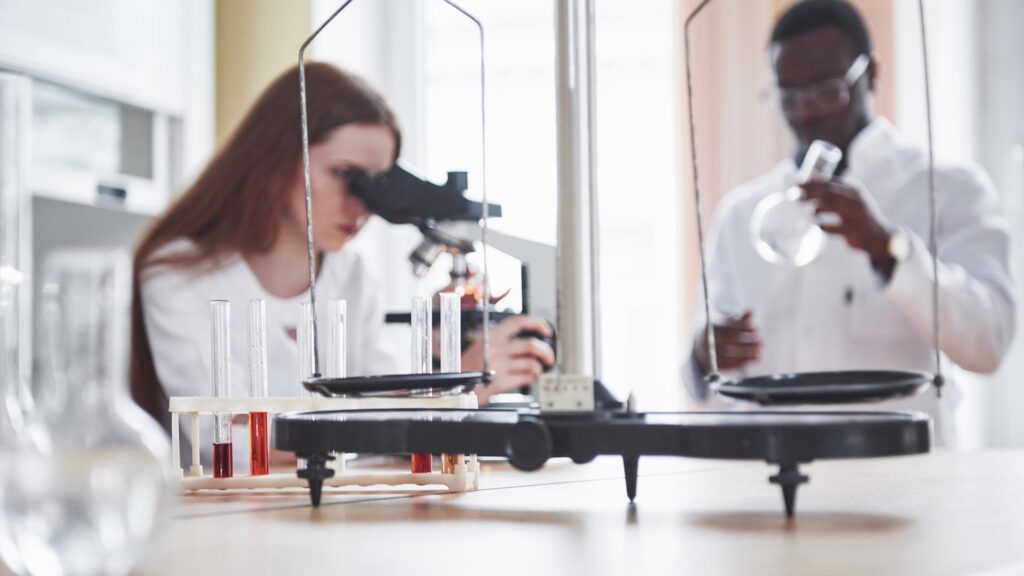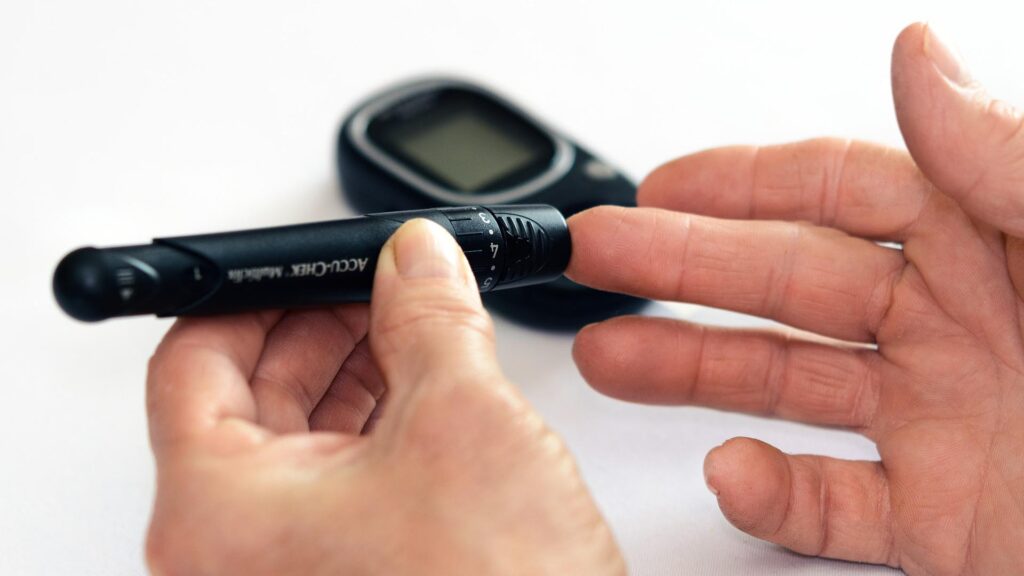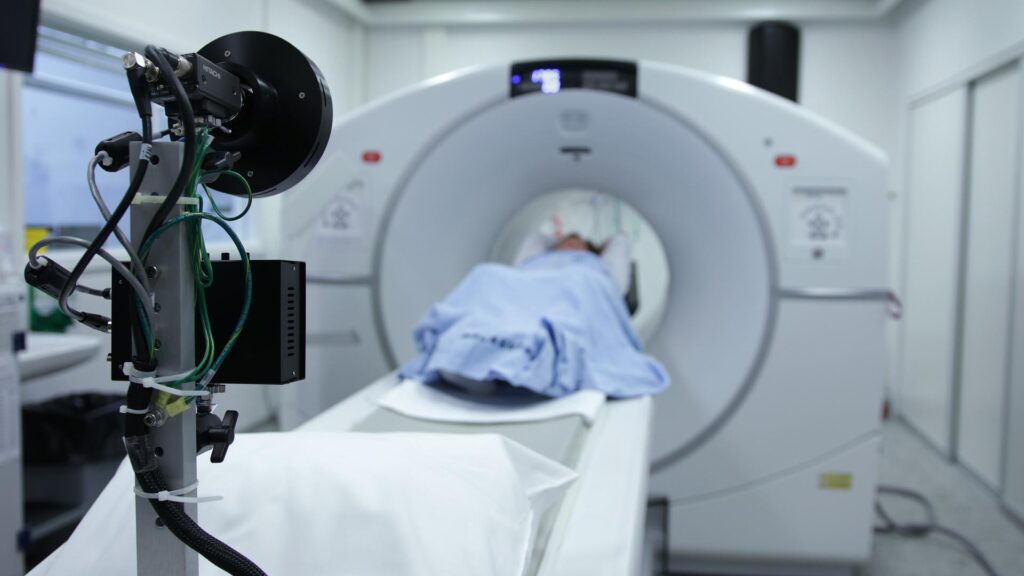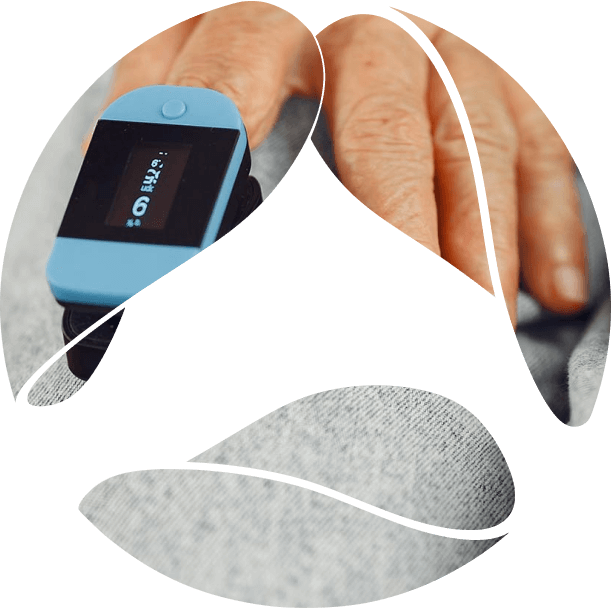The buzz surrounding IoT, or the Internet of Things, technologies has always been loud. And, yet, it has been difficult to appreciate that it goes beyond smart homes. Digital disruption in healthcare is a great example. Digitization and open platforms in healthcare are results of the ‘Internet of Medical Things or IoMT.
IoT refers to a collection of devices equipped with the technology needed to share data over a network. By extension, IoMT is a collection of connected medical devices equipped to do the same but with healthcare data.
It’s a broad definition that could mean a number of devices. Even fitness wearables and mobile applications qualify. So does remote monitoring of patients with chronic conditions through clinical-grade wearables. Point-of-care devices in healthcare, like a portable machine that can run a blood test with the data then stored and available to be shared, also fall into this category. The common thread is data collection, analysis and sharing. These devices require networking hardware and the right software.
Ideally, IoT medical devices should connect to cloud platforms, where the data can be stored and analyzed. If there was ever a need for accurate real-time data, it would be for medical reasons.
Internet of Things healthcare applications have only improved with new technology. For example, consumer devices like smartphones and smartwatches now come with NFC, which helps transfer data faster. Or RFID tags, which can be attached to medical equipment or prescription drugs to manage inventories. 5G networks are also expected to improve IoMT applications as tons of data can be shared at faster speeds.
IoMT devices or workflows can step in where human decision-making is not essential. In hospitals, for example, beds rigged with sensors can measure a patient’s vital signs and administer basic medication like painkillers or a saline solution. Of course, implementing this will require substantial initial costs, along with the cost of developing IoMT devices that must meet regulatory requirements. Medical devices have to pass clinical trials just like drugs, which is a challenging process that takes time.
How does the Internet of things impact healthcare?
The state of global healthcare systems was exposed during the pandemic. Capacities were tested and healthcare workers pushed to the limit. As a result, significant changes could come once there is a cure for the coronavirus.
The impact of the Internet of Things in healthcare could address at least some issues that became apparent in 2020. IoMT can digitize and automate processes. It could be in logistics, where IoMT devices can keep track of equipment and medicine stockpiles. Or through telemedicine. To manage their workload, hospitals can identify which patients must come in and which patients can be treated from home.
Now, let’s take a more detailed look at the impact of the Internet of Medical Things.
IoMT reduces healthcare costs
Back in 2015, Goldman Sachs had estimated that the Internet of Medical Things could save the US healthcare industry $300 billion. While the cost of healthcare in the US is the highest in the world, the arguments made are valid everywhere.
The report says costs can be cut through ‘telehealth’ or ‘telemedicine,’ as well as remote patient monitoring. Telemedicine reduces costs because patients can stay home for some consultation. This saves money for both the patient and the hospital as telemedicine is more efficient for initial consultations, especially if accurate data is available through point-of-care devices. It also improves access to doctors as long as the communications infrastructure supports remote sessions.
→ Explore the results of telehealth leaders survey and 6 biggest bottlenecks in telemedicine right now.
Remote patient monitoring saves the healthcare system even more long term. Spending on chronic diseases, like diabetes, heart disease and asthma, is a substantial part of healthcare investments. Hospitals and governments must invest in infrastructure, while individuals also end up spending on treatments.
Costs can be cut if doctors and hospitals have regular real-time access to data from connected medical devices to prescribe preventive measures. Like a wearable ECG device that can alert a doctor of a possible cardiac arrest. Real-time data can even help change unhealthy habits, reducing the number of people with chronic illnesses.
IoT healthcare also reduces costs by increasing operational efficiency. Like in every other industry, workflows can be automated. Accurate data on everything from medicine and equipment to hospital capacity makes healthcare administration much more efficient. It can tackle counterfeit drugs, for example, as the information is digitized along the supply chain.
IoT medical devices improve healthcare access
Access could mean two things. One, the most obvious, is access in remote areas where specialized healthcare is less available. Or access for patients who have limited mobility. Faster communication networks combined with point-of-care devices are sure to improve healthcare access.
Smart point-of-care devices can run numerous tests, the results of which can be shared remotely with a doctor. A good example is diabetes care. Smart devices can now track and store data on insulin levels more frequently and it is accurate enough for the doctor to decide on treatment. These devices cannot replace all visits to the doctor, but they can bring healthcare a step closer for many.
Access could also mean real-time data availability, especially for patients with chronic conditions. Connected medical devices can track heart rates, blood pressure, cholesterol levels and insulin levels regularly. Patients or primary caregivers are alerted of any sudden changes and doctors have automatic access to the same data.
IoT medical devices can go beyond data collection. There are also devices that help with disease management. Smart insulin pens are a great example. A battery-powered device stores data on insulin doses and connects to a mobile app via Bluetooth. Patients have an instant record of their insulin use and can receive an alert if they miss a dose.

IoT technologies make medical research more efficient and less expensive
Healthcare doesn’t advance without medical research. It’s an expensive process and is rarely efficient—80% of all clinical studies are delayed, and 85% of clinical trials fail to retain enough patients. The average dropout rate is 30%.
Using connected medical devices and digital analytics< can help improve numbers like dropout rates. IoMT devices could keep volunteers out of labs and cause minimal disruption to their daily lives. This will help retain participants without compromising data quality.
Digital technologies can collect and analyze data faster and more accurately. Automating at least some parts of the study will improve efficiency and reduce costs. Greater adoption of IoMT devices and data sharing standards will streamline research.
Data sharing could also mean gaining access to more diverse information from various parts of the world, but this could take time. This is because medtech and the Internet of Medical Things will need to agree on universal open platforms and data standards, which is a big challenge in the healthcare sector.
Cybersecurity needs to improve for IoT healthcare
Medical data is as private as it gets, making the cost of a breach significant. For this reason, any IoMT or data sharing improvements need to be accompanied by cybersecurity and privacy legislation advancements. As adoption improves, IoMT companies could be an example for other industries in leading cybersecurity research.
Maintaining trust is a crucial part of digital technology. As medtech companies develop services based on storing and sharing data, patients need to be assured they are in complete control of how their data is being used. Without patient consent, IoMT devices would not be as effective.
What are the applications of IoMT?
Internet of Medical Things is the future of healthcare, just like IoT is the future of all services in a web-enabled digital world. The global IoMT market was valued at $44.5 billion in 2018 and is expected to grow to $254.2 billion in 2026.
The most important aspect of this could be preventive healthcare. Consumer-centric devices already monitor health and fitness. Even when tests are run in labs, the data is still shared and available to patients on the web or through mobile applications.
Medical technology is also improving. Networking technology and robotics have improved sufficiently enough to have surgeons perform remote procedures. ‘Smart pills’ can collect diagnostic information from inside a patient’s body and transmit the data wirelessly. And a wearable ECG device can detect a cardiac event days before it happens.
Sensors in consumer devices have also become more reliable. Apple Watch’s ECG feature was cleared by the US Food and Drug Administration (FDA) to detect a condition called atrial fibrillation. A blood oxygen monitor (not cleared by the FDA) was also added recently to their watch. In many ways, the future of healthcare is now.
Networking tech in everything from pregnancy tests to surgical instruments, artificial joints and any number of medical scanners allows these devices to collect and transmit data for analysis. So then, what is the difference between all of these IoMT devices and applications? Let’s have a look.
Fitness wearables
Wearables are the most common IoMT device. There are two main drivers in this sector. One is the availability of fitness wearables at lower costs. Having no regulatory hurdles, basic models are available for cheap, starting as low as $25. However, in legal terms, these are often not considered medical devices.
The second driver is how good retail units have become at tracking health. It’s no longer only for sports and fitness enthusiasts. Anyone who wants to keep track of health at any age finds a fitness tracker useful.
Globally, 159.1 million units of watches or wrist bands have already been sold in 2020. A vast majority of these have sensors that track movement, then use the data to provide fitness insights. Apart from bands and watches, GPS vests also collect similar data for slightly more accurate activity measurement. These have become quite popular among professional athletes.
Beyond devices, fitness wearables now connect to mobile applications that translate the collected data. The wearables’ software side is just as important as the hardware. The need for good software has even opened up premium business opportunities. Apple has announced Fitness+, Amazon has Halo and Fitbit has the Fitbit Premium service. It’s a big enough market for Google to have acquired Fitbit for $2.1 billion.
Clinical grade wearables
Clinical grade wearables are far more accurate than fitness devices and are true IoT medical devices. The focus is on collecting data that can be used for medical studies and applications. In comparison, fitness wearables compromise on data accuracy for ease of use. Clinical grade wearables, however, must appeal to healthcare professionals or businesses that need the data for medical purposes.
This class of wearables is useful in managing chronic diseases. Combining portable technology with reliable data could be the alternative to weekly doctor visits and a lifestyle limited by illness.
Applications can be broad. Consider AVA. It’s a women’s wearable that gives insight into fertility and pregnancy and is FDA approved. The University Hospital of Zurich reported that AVA identified an average of 5.3 fertile days per cycle with an accuracy of 89 percent. Then we have personal ECGs like AliveCor. It’s a portable device that can take medical-grade readings to detect atrial fibrillation, bradycardia or tachycardia in about 30 seconds. The reading is sent to a smartphone and is accurate enough for doctors to use the data for treatment.

Remote patient monitoring devices
Remote patient monitoring allows doctors to monitor a patient outside a hospital or clinic, extending the healthcare system’s reach. This is especially helpful to rural areas or patients who cannot travel frequently.
A good example would be digital blood pressure cuffs. Patients can send the doctor blood pressure and pulse readings during a consultation or regularly over a long period. Remote monitoring devices help collect continuous data, which improves accurate treatment. Luckily, these devices have become smarter and more affordable over the years.
Smart pills
Smart pills have edible sensors and can relay information from inside the body. The primary use is for doctors or caregivers to ensure patients take medication as prescribed. Doctors hope for 80% adherence, but studies have shown that only half the medication for chronic diseases are taken as directed. It’s especially useful for elderly patients or patients who are dependent on a caregiver. The sensors can also relay limited diagnostic information from the stomach.
Point-of-care devices and kiosks
Point-of-care devices in healthcare are considered diagnostic tools. With IoMT capabilities, point-of-care devices can be set up outside hospitals and clinics but are still mainly used inside healthcare facilities. These have become portable enough for patients to have one at home and are pretty easy to use.
They can also be set up at kiosks or temporary clinics. The idea is to have diagnostic tools available anywhere that can connect patients to care providers. In such a setting, the patient would not have to purchase a point-of-care device or invest in communication tech—a touch screen or a high-definition camera—necessary to talk to doctors.
Clinical monitors
While these devices are portable, they should be used by clinical professionals rather than patients. Apart from diagnostic equipment, these connected medical devices can collect and save data to a cloud-based database.
A good example would be Rijuven’s ‘Clinic in a Bag.’ It’s a collection of smart devices that examine the heart, lungs and vitals. Imaging and lab work is also included, along with telemedicine capabilities. These devices sync to a mobile app and all the data is accessed via a tablet, which comes with the service.
→ Read more on how telehealth is backing remote care to address problems of access, quality, and cost in delivering healthcare services.
Hospital devices
All digital devices used in a hospital can be considered a part of the Internet of Medical Things. These could be medical devices like an MRI machine or a smart bed with sensors that track patients’ vitals. It also includes devices used in hospital management.
For example, high-value equipment can have trackers that provide central monitoring, workflow management software can track patients from surgery to post-care and inventory management can reduce costs through automation. What makes all of these IoMT is their ability to capture data and share it over networks.
Smart hospitals use IoT medical devices to share data across processes. For example, from a central access point, administrators will know how many doctors are available, how many patients are waiting, what equipment is in use, available medicines in stock and so on.
Avenga’s expertise in internet of things technologies and wearables software development
Deploying IoT healthcare solutions requires software development skills in a sector that puts great emphasis on reliable data. Such data obtained from IoT devices can help life science companies make better decisions while gaining a competitive edge.
At Avenga, we can help with developing digital solutions for the following IoT use cases:
- Remote patient monitoring
- Immediate adverse events reporting
- Emergency notification systems
- Better data collection
- Telehealth apps
We specialize in developing health wearables applications for medium-size enterprises and large businesses, creating functional and elegant wearable apps that work perfectly across different devices. Our expertise covers:
- Activity tracker applications (fitness trackers, smartwatch apps)
- App development for epidermal electronics
- Military wearables software
- Payment apps for wearables
- Smart glasses apps
We also develop digital tools for clinical trial management. Streamline clinical research with digital tools that offer top-notch privacy, security and scalability. Additionally, all data can be monitored and maintained from one central location. The use of the Internet of Medical Things workflows, predictive analytics and AI can save costs and speed up research during clinical trials. This whitepaper has everything you need to know about the future of digital clinical trial management.
The future of healthcare is now, and Avenga is prepared to help you harness it.













